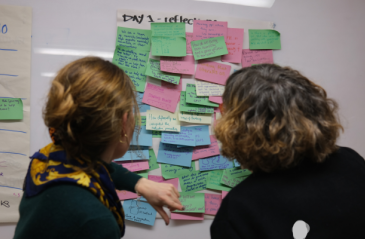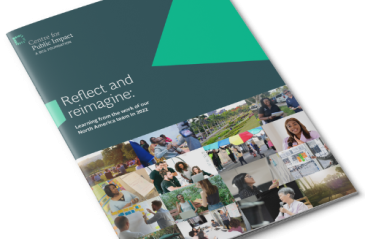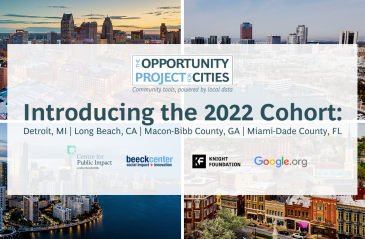
Five things we recently learned about government failure

India's increase in school enrolment has been accompanied by a decrease in learning outcomes
Share articleIndian education NGO Pratham grouped children by educational level led for stronger outcomes
Share articleEvaluations and taking local context into account are crucial
Share articleWe put our vision for government into practice through learning partner projects that align with our values and help reimagine government so that it works for everyone.
As in many countries, the subject of education is an important part of India's national conversation.
Until recently, the priority was seen to be pupil enrolment. With universal access to primary education recognised by the UN's Millennium Development Goals as a fundamental right for all human beings, India's policymakers managed to increase enrolment rates from 81% in 2002 to 97% in 2014. At the same time, the 2009 Right to Free and Compulsory Education Act sought to move teaching methods away from frequent testing towards a system of continuous evaluation. This, it was claimed, would ensure that students would achieve real learning, rather than learning by rote.
However, the subsequent Annual Status of Education Report (ASER) revealed that the increase in enrolment had been accompanied by a decrease in learning outcomes, and explanations flew thick and fast. One line of thought was that, under the new continuous evaluation method, teachers were unable to evaluate, and therefore possibly fail, their students. Another was that children were now grouped by age but with very mixed levels in classrooms, which made appropriate teaching difficult. And the pressure on teachers to complete the syllabus every year, regardless of the actual level of the students, was an additional impediment to learning.
So, what was to be done? Pratham, a local education NGO, found that grouping children in classrooms by educational level offered the best route to stronger outcomes, citing the success of their ‘Read India' programme, which was evaluated in a Randomized Control Trial in 2008 in the Indian state of Bihar. In this experiment, summer learning camps, where clear feasible learning goals were defined, enabled students to progress rapidly, but the introduction of the same methods during the school year was ineffective. One interpretation was that teachers might have been too constrained by the required curriculum during the year and were thus unable to teach to the real level of children, despite the stated objective.
Building on these results, the NGO was also able to engage local and regional governments, as well as communities and schools, and find appropriate ways of adapting the findings to their local context. In Bihar, as in other places, engaging the communities in the problem-solving process also had the important result of ensuring that regional authorities had ‘ownership' of the project.
Providing solutions via a top-down approach does not always work in some of the more complex development projects. This is a particularly acute problem for those projects that require changing people's behaviours in ways for which they cannot immediately perceive a benefit. Harvard professor, S Mullainathan, describes these issues as “last mile problems”, but there are some clear insights that can lead to strong public impact.
For example, evaluations can have significant instrumental value in making communities acknowledge the problem and commit to finding a solution. They also offer an opportunity to define the problem clearly - focusing on learning outcomes, for example, rather than enrolment or attendance.
The design of solutions also gains from starting with the local context. Many academic papers show that small tweaks to a design can have a major impact on a programme's outcome. For example, Duflo et al (2007) showed that reducing class size in Kenya by providing an extra teacher did not improve child learning when the teacher was a regular civil servant hire; however, it did have a positive effect when the teacher was a contract hire. In order to find those relevant tweaks that are likely to differ from context to context, it is valuable to include short pilots and experiments in the design/early implementation phase. These will give communities an opportunity to learn what works well in the local context and may significantly enhance the quality of solutions.
It is essential for local stakeholders who have the most interest in the project's implementation success to be engaged and own it. One technique to achieve this is to try to create a protected working environment in which the stakeholders are operating outside the usual system and can own the results themselves. For Pratham, in the case of the 2008 Bihar experiment, this was provided by the summer learning camps. This process, coupled with the design of behaviour change activities such as involving government teachers in the learning camp, may lead to an improvement in long-term behaviours.
It seems that scaling up solutions to these last mile problems may be more about engaging with communities and learning from the local context rather than providing turnkey solutions. It is challenging, as well as time-consuming and resource-intensive. However, Pratham is only one among many other projects in similar contexts that have achieved a genuine positive impact.










